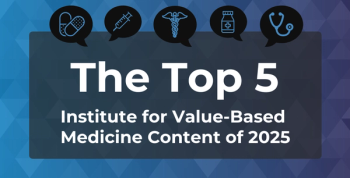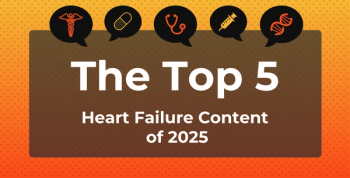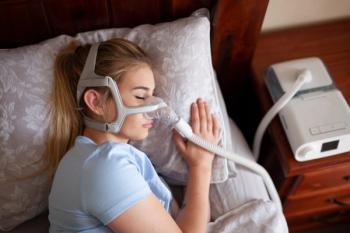
Number of Paid Sick Days Correlates to Use of Preventive Services
American workers between the ages of 49 and 57 with at least 10 paid sick days had a significant increase in receiving preventive services, such as a flu shot, checking cholesterol and blood pressure, and a fasting blood sugar test for diabetes.
American workers with paid sick leave are more likely to receive preventive services than workers without paid sick leave, according to researchers at Florida Atlantic University (FAU) and Cleveland State University.
The researchers classified sick days into 4 categories titled high level (10 or more sick days), moderate level (6 to 9 sick days), low level (3 to 5 sick days), and very low level (zero to 2 sick days).
“Preventive care is intended to catch medical conditions before they progress as well as preventing the spread of contagious diseases like influenza, which has reached epidemic proportions this year,” LeaAnne DeRigne, PhD, lead author of the study and an associate professor in the Phyllis and Harvey Sandler School of Social Work within FAU’s College for Design and Social Inquiry,
The study published in the Journal of Occupational and Environmental Medicine found that workers between the age of 49 and 57 with at least 10 paid sick days had a significant increase in receiving preventive services. These include a flu shot, checking cholesterol and blood pressure, and a fasting blood sugar test for diabetes. This number was less for female workers, who only needed 6 to 9 paid sick days to have an increased possibility of receiving a mammogram.
“It took 10 or more days—more days than are mandated in any of the local US paid sick leave laws—for us to see statistically significant increases in the likelihood of reporting having received a flu vaccination, mammography, and screenings for blood sugar and blood pressure,” stated DeRigne. “For policy makers who want to increase preventive healthcare services use in this age group, a longer and more generous paid sick leave plan of at least 10 days should be considered.”
In the United States, only 72% of working Americans are guaranteed some sort of level of paid sick leave. In addition, those working for smaller companies always have fewer available paid sick days. The researchers recommend that employers offer weekend or extended hours for ill employees to make up work, and for restaurant and day care providers to offer more sick days to limit the amount of contact contagious workers have with at-risk customers.
References
DeRigne L, Dare PS, Quinn LM, Collins C. How many paid sick days are enough? [Published online February 12, 2018.] J Occup Environ Med. doi: 10.1097/JOM.0000000000001300.
Newsletter
Stay ahead of policy, cost, and value—subscribe to AJMC for expert insights at the intersection of clinical care and health economics.







































